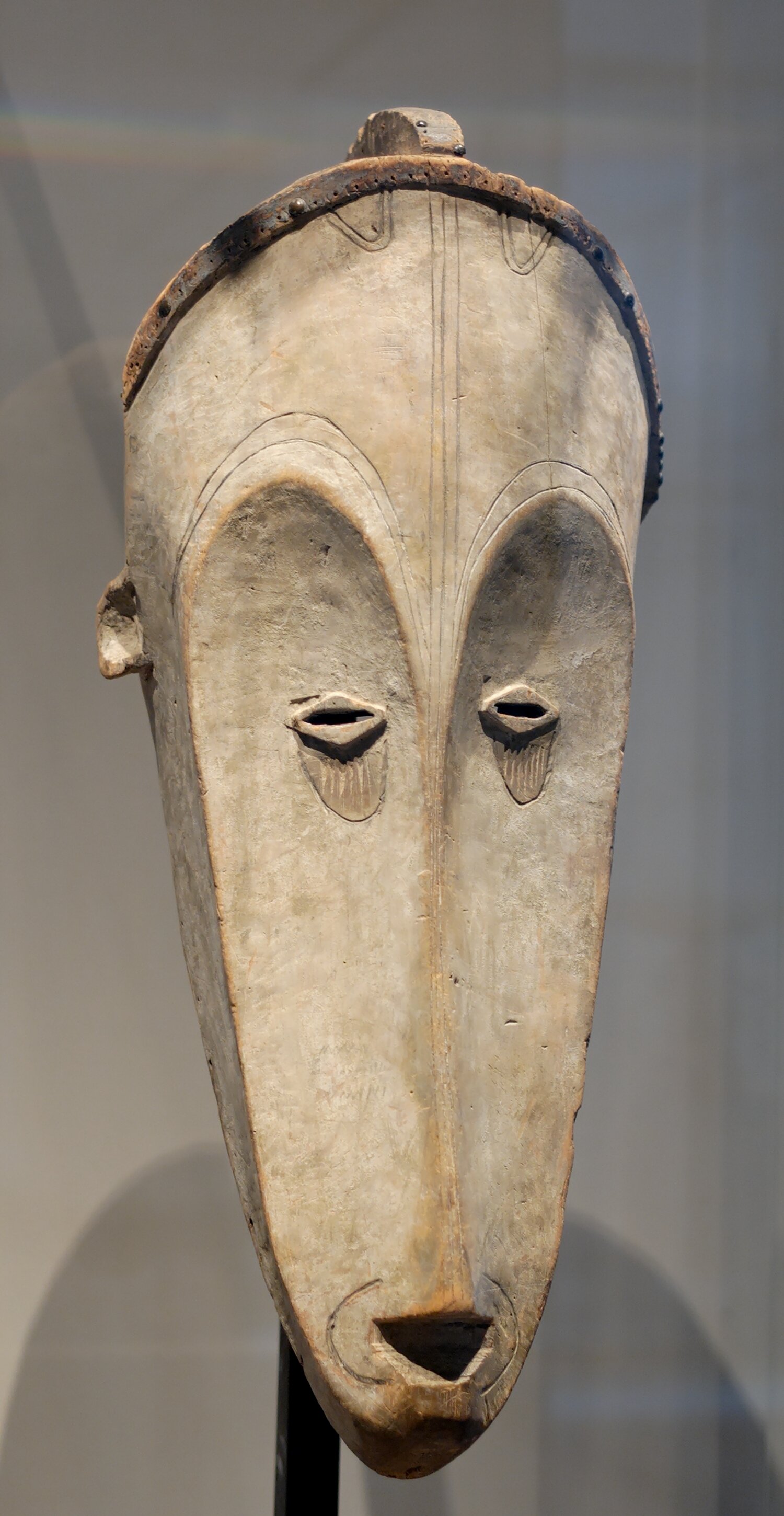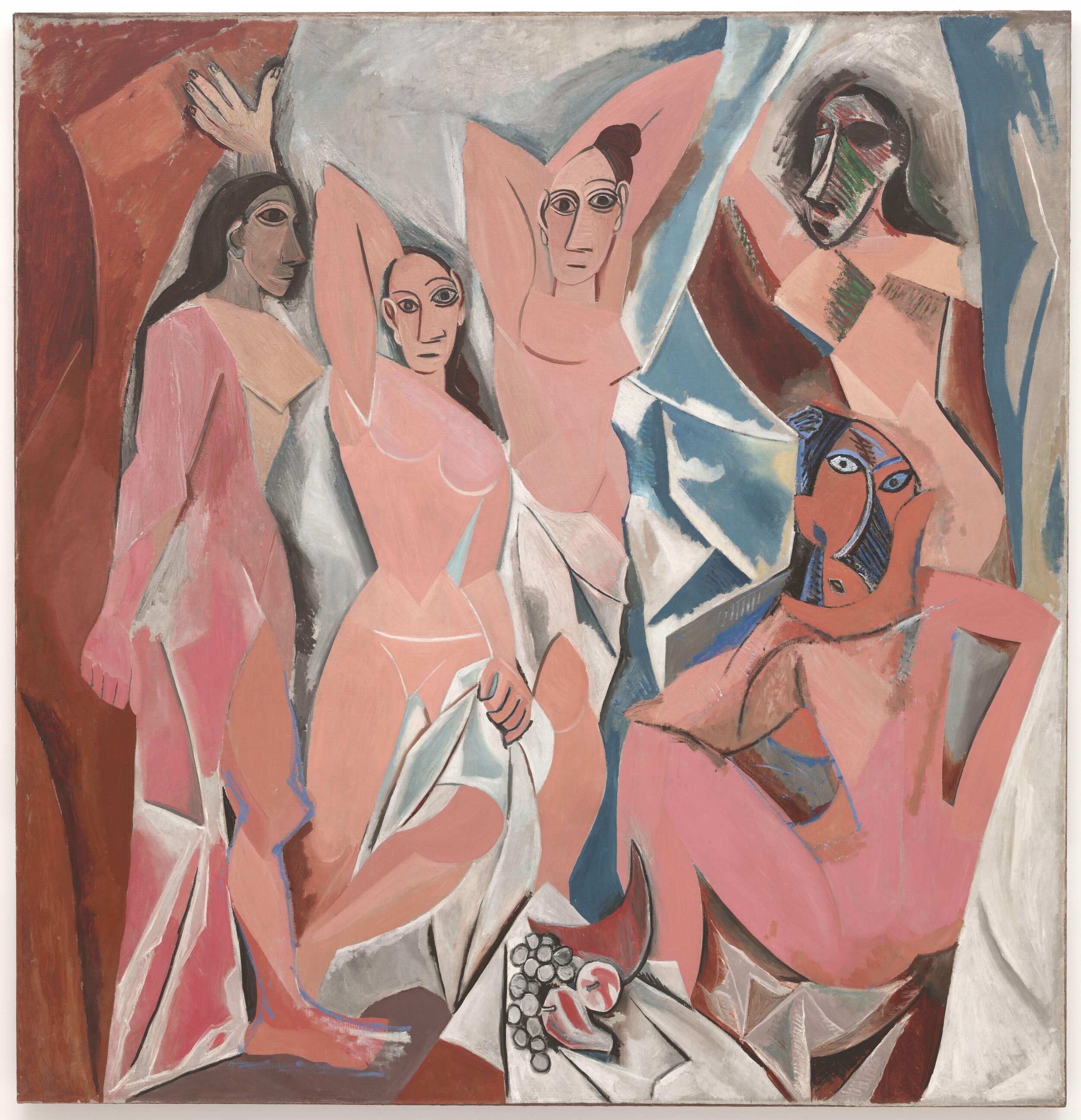Composer Series: Heitor Villa-Lobos—The Culmination of an Artist
Although the guitar was one of Villa-Lobos’ primary instruments not just as a musician but, more importantly, as a Brazilian, he largely neglected composing for it. In his lifetime, Villa-Lobos wrote for the guitar only a few collections, a concerto, and some one-offs as a student—a mere fraction of his overall output.
The guitar in the early 20th century had negative connotations. It was seen as the peasants’ instrument whereas the cello, for example, was an instrument for sophisticated and privileged individuals. The role of the guitar in society was not unlike it’s role today in the hands of raggedy street performers or sensual rockers. What serious man would embarrass himself to play it let alone attempt serious music on it?
Little did Villa-Lobos know…the Modernists were already incorporating indigenous and local art into their own art. The British Empire’s colonization of exotic locales, for example, resulted in the “discovery” of many primitive cultural artifacts which were quickly relocated to European museums. The imaginations of artists ran wild resulting in a branch of art called “Primitivism.” Primitivism also found its way into art music such as Stravinsky’s Rite of Spring (1913).
The guitar, like the African mask, became a patronizingly Romantic symbol of a simple people, but it was also the bridge between the popular classes and high art. The poet Manuel Bandeira said that, for Brazilians, “the guitar had to be the national, racial instrument…Unfortunately the guitar has also been resisted for its fame as an instrument of the low-minded, of intrigue and as an accomplice to roguery in seductive late-night revelries…” The guitar was similarly prejudiced in Spain where it was only played by unsavory Flamenco players, dangerous gypsies and lascivious adulterers. Yet, it attained a reputable place in the concert hall through performers like Andres Segovia and composers Manuel de Falla and Joaquin Rodrigo.
Although Villa-Lobos was reluctant to represent the guitar in his music, he nevertheless achieved the rare synthesis of individual cultural identity and acceptance into the European elite. He enjoyed his status as national icon and international artist for the rest of his life but would not write any other serious works for the guitar until Cinq preludes of 1940.
The “Five Preludes” represented different areas, people or cultures of Brazil that Villa-Lobos encountered during his youthful travels.
Prélude No. 1: A lyrical melody dedicated to the Brazilian sertanejo [cowboy]
Prélude No. 2: Homage to the Carioca [hustler]
Prélude No. 3: Homage to J.S. Bach [old Villa-Lobos]
Prélude No. 4: Homage to the Brazilian Indian [indigenous people]
Prélude No. 5: Homage to the cosmopolitan teenagers who frequent Rio’s concerts and theaters [young Villa-Lobos]
In the next blog, I’ll talk more about the Five Preludes specifically number 4, which I perform below.


